On the occasion of this year's opening keynote for the developer conference WWDC 2020, we saw the presentation of the upcoming operating systems. In this case, of course, the imaginary spotlight fell primarily on iOS 14, which during its presentation boasted, for example, new widgets, a library of applications, better notifications in case of incoming calls, a new Siri interface and the like. But how does the news itself work? And how is the system doing as a whole? This is exactly what we will look at in our review today.
It could be interest you
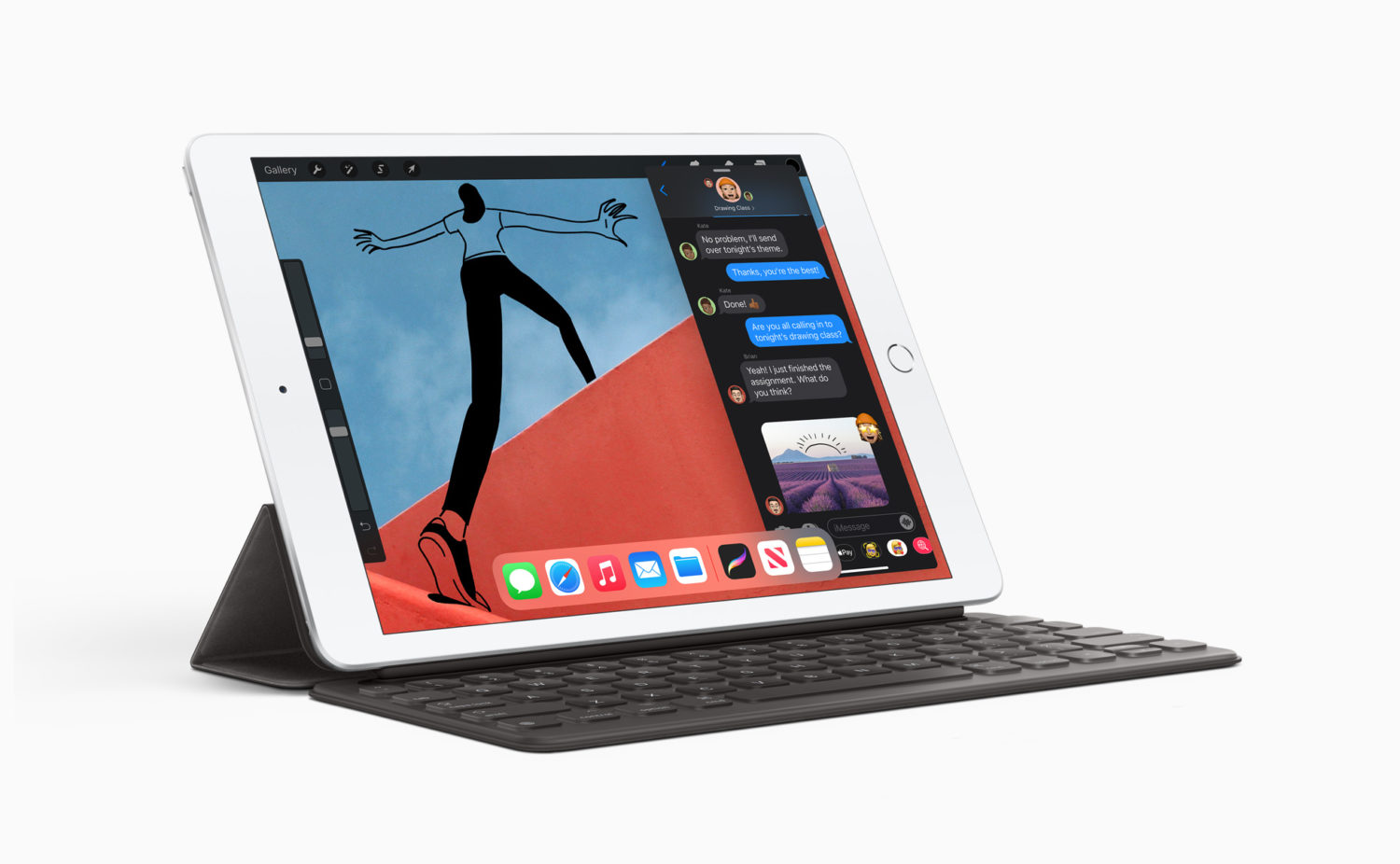
However, after almost three months, we finally got it. Yesterday, the day after the Apple Event conference, the system was released into the ether of the Apple world. As such, the system aroused emotions already when it was introduced, and many users were looking forward to it. So we won't delay and get right down to it.
A home screen with widgets grabs attention
If you followed the aforementioned presentation of operating systems in June, when alongside iOS 14 we could see iPadOS 14, tvOS 14, watchOS 7 and macOS 11 Big Sur, you were certainly most interested in the changes on the home screen. The Californian giant decided to make quite a significant change to its widgets. These are now not limited to a separate page with widgets, as was the case in previous versions of iOS operating systems, but we can put them directly on the desktop among our applications. In addition, it is no surprise that everything works very simply and intuitively. All you have to do is select the given widget, select its size and place it on the desktop. Personally, I have to admit that this news is a great fit for the native Weather app. Currently, I no longer have to swipe all the way to the left to display the previous widget or open the aforementioned application. Everything is right in front of my eyes and I don't have to worry about anything. In addition, thanks to this, you can get a better overview of the weather forecast itself, because you will not look at it only when you really need it, but the new widget will inform you about the status almost constantly.
At the same time, with the arrival of iOS 14, we received a brand new apple widget, which we can find under the name Smart set. This is a very practical solution that can display all the necessary information in one widget. You can switch between individual items by simply swiping your finger from top to bottom or bottom to top, when you will see, for example, Siri suggestions, a calendar, recommended photos, maps, music, notes and podcasts. From my point of view, this is a great option, thanks to which I have the opportunity to save space on the desktop. Without a smart set, I would need several widgets at once, while this way I can get by with one and have enough space left over.
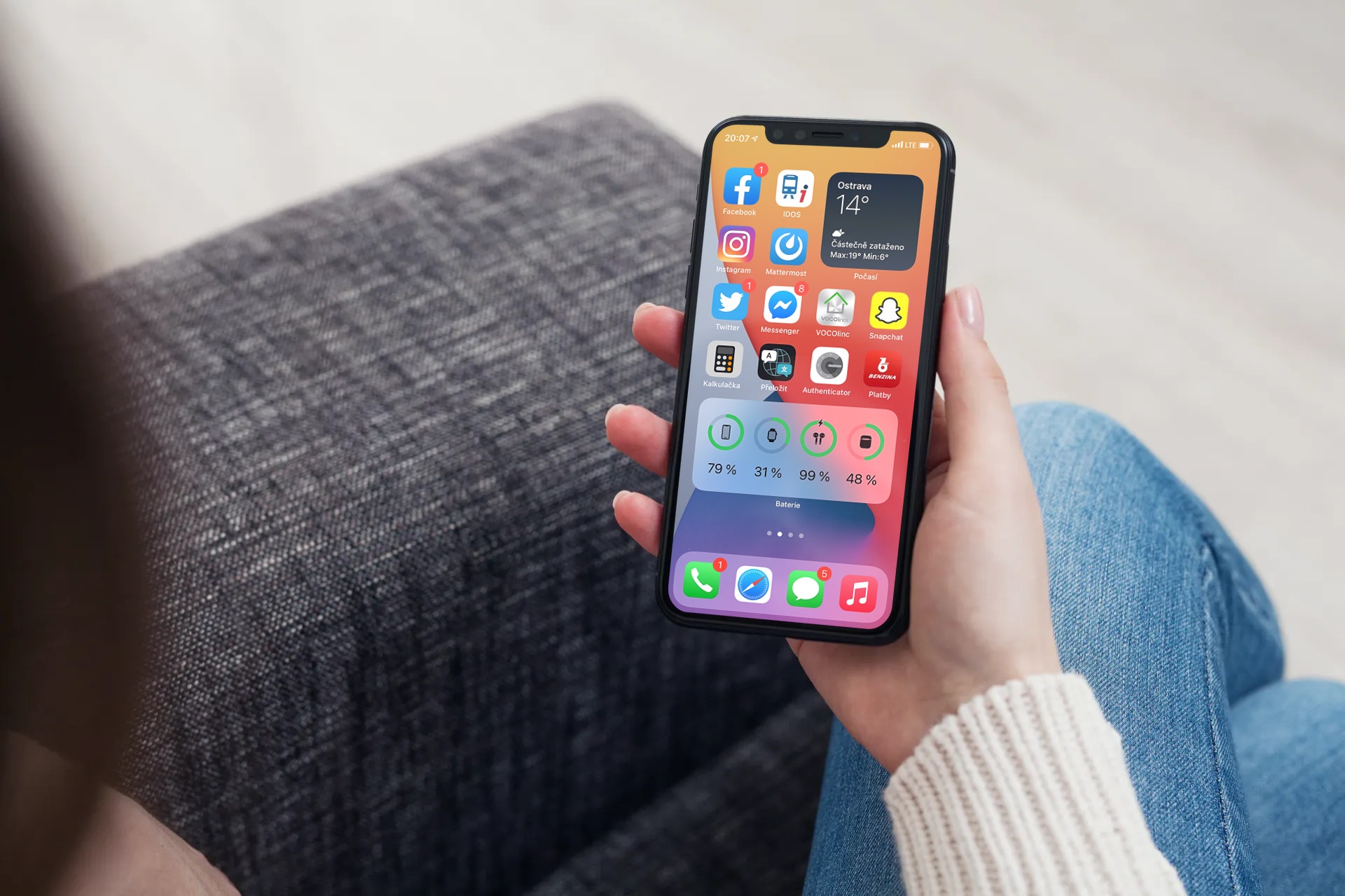
The home screen has thus changed accordingly along with the new system. The mentioned widgets were added to it with the option of the mentioned Smart Sets. But that's not all. When we move to the far right, a completely new menu opens that was not here before - Application Library. All newly installed applications no longer appear directly on the desktop, but go to the library in question, where the programs are categorized accordingly. Of course, this brings with it other possibilities. So we don't have to have all the applications on the desktops, but we can keep only those that we actually (for example, regularly) use. With this step, iOS got a little closer to the competing Android system, which some Apple users didn't like at first. Of course, it's all about habit. From a personal point of view, I have to admit that the previous solution was more pleasant for me, but it is definitely not a big problem.
Incoming calls no longer bother us
Another and quite fundamental change concerns incoming calls. Specifically, notifications for incoming calls when you have an unlocked iPhone and you are working on it, for example. Until now, when someone called you, the call covered the entire screen and no matter what you were doing, you suddenly had no other opportunity than to answer the caller or hang up. This was often an annoying method, which was mainly complained about by mobile game players. From time to time, they found themselves in a situation where, for example, they were playing an online game and suddenly failed due to an incoming call.
Fortunately, the iOS 14 operating system brings a change. If someone calls us now, a window pops up at you from the top, taking up about a sixth of the screen. You can react to the given notification in four ways. Either you accept the call with the green button, reject it with the red button, or you swipe your finger from the bottom up and let the call ring without disturbing you in any way, or you tap on the notification, when the call covers your entire screen, just as it was with previous versions of iOS. With the last option, you also have the options Remind and Message. Personally, I have to call this feature one of the best ever. Although this is a small thing, it is necessary to realize that it still has a rather large impact on the entire functioning of the operating system.
Crab
The voice assistant Siri has undergone a similar change, such as the above-mentioned notifications in the case of incoming calls. It has not changed as such, but it has changed its coat and, following the example of the mentioned calls, it also does not take up the entire screen. Currently, only its icon is displayed at the bottom of the display, thanks to which you can still see the currently running application. At first glance, this is a rather unnecessary change that has no special use. But the very use of the new operating system convinced me of the opposite.
I especially appreciated this change in the graphic display of Siri when I needed to write down an event in the Calendar or create a reminder. I had some information in the background, for example directly on a website or in the news, and I simply had to dictate the necessary words.
Picture in picture
The iOS 14 operating system also brings with it the Picture-in-Picture function, which you may know for example from Android or from Apple computers, specifically from the macOS system. This function allows you to watch, for example, the currently playing video even if you leave the given application and thus have it available in a reduced form in a corner of the display. This also applies to FaceTime calls. It was with those that I appreciated this news the most. With the mentioned video calls through native FaceTime, you can easily move to another application, thanks to which you can still see the other party and they can still see you.
It could be interest you
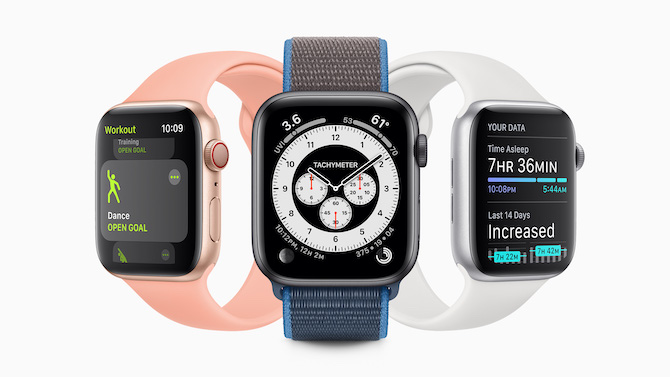
iMessage is getting closer to chat apps
The next change we're going to look at together today concerns the native Messages app, i.e. iMessage. As you all know, it is an Apple chat app that works similar to WhatsApp or Messenger and boasts end-to-end encryption, ensuring secure communication between both parties. A few perfect novelties have been added to the application, thanks to which it will be much more pleasant to use. Now we have the option to pin selected conversations and have them always at the top, where we can see their avatar from contacts. This is especially useful for contacts you interact with on a daily basis. If such a person also writes to you, you will see the given message next to them.
The next two news will affect group conversations. In iOS 14, you can set a group photo for group conversations, and in addition, there have been added options to tag certain people. Thanks to this, the tagged person will be marked with a special notification that they have been tagged in the conversation. In addition, other participants will know who the message is aimed at. I think one of the best news in iMessage is the ability to reply. We can now directly respond to a certain message, which is especially useful when the conversation concerns several things at once. It can quite easily happen that it is not obvious which message or question you are responding to with your text. You may know this function from the aforementioned WhatsApp or Facebook Messenger applications.
Stability and battery life
Whenever a new operating system comes out, practically only one thing is solved. Does it work reliably? Fortunately, in the case of iOS 14, we have something to please you. As such, the system works exactly as it should and is quite stable. During the time of use, I only encountered a few bugs, which were about the third beta, when an application crashed once in a while. In the case of the current (public) version, everything works flawlessly and, for example, you will not encounter the aforementioned application crash.
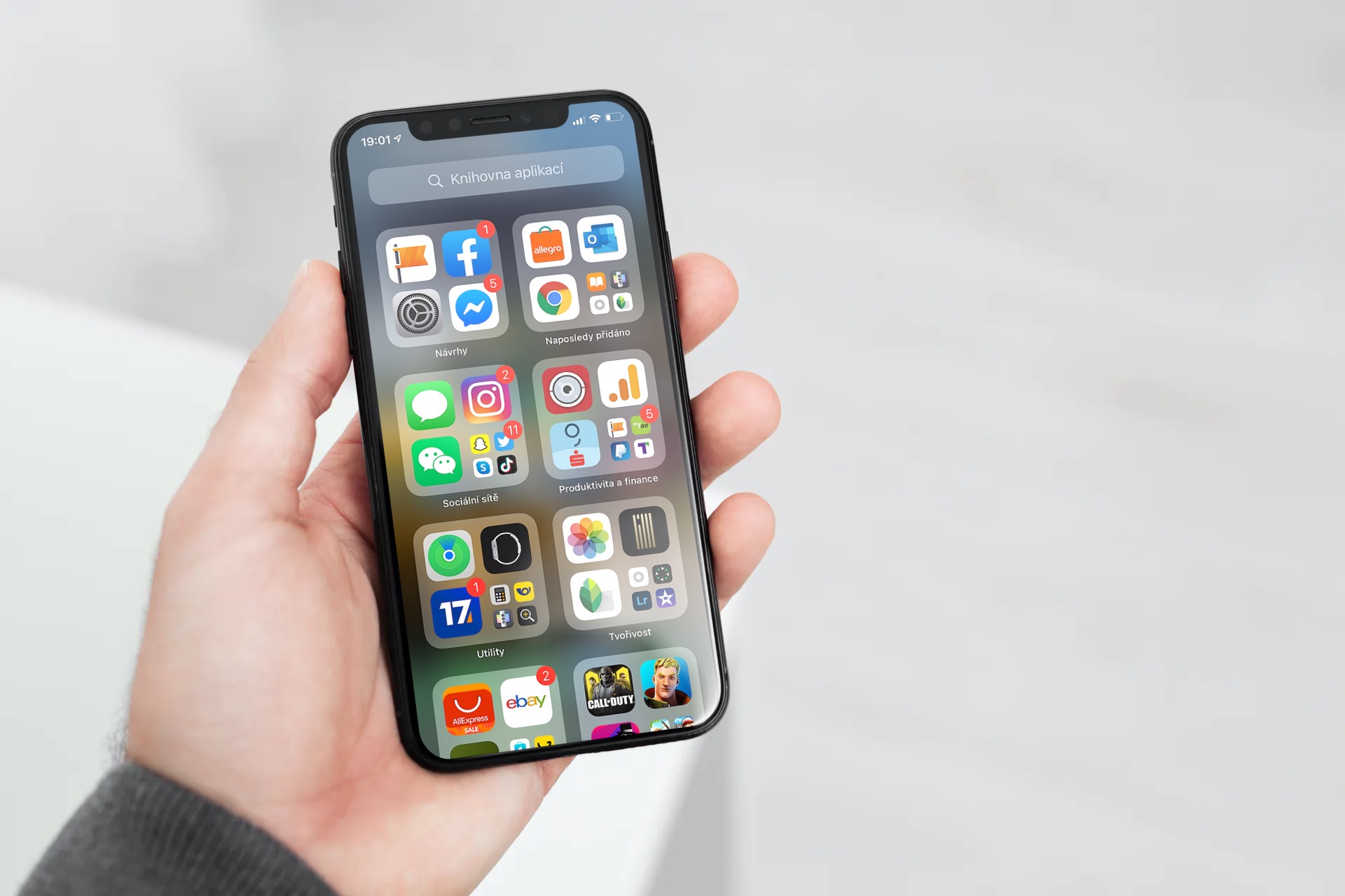
Of course, stability is closely related to performance and battery life. Even in this, Apple managed to debug everything quite flawlessly, and I have to admit that the system in its current state is definitely better than it was last year when the iOS 13 system was released. As for battery life, I don't feel any difference in this case. My iPhone X can easily last a day of active use.
User privacy
It's no secret that Apple cares about the privacy of its users, which it often boasts about. As a rule, each version of the operating system brings with it some little thing that improves the mentioned privacy even more. This also applies to the iOS 14 version, where we saw several new features. With this version of the operating system, you will have to give selected applications access to your photos, where you can choose only a few specific photos or the entire library. We can explain it on Messenger, for example. If you want to send a photo in a conversation, the system will ask you whether you grant the application access to all photos or only selected ones. If we choose the second option, the application will have no idea that there are any other images on the phone and will therefore not be able to use them in any way, i.e. abuse them.
It could be interest you

Another great new feature is the clipboard, which stores all the information (such as texts, links, images, and more) that you copy. As soon as you move to an application and select the insert option, a notification will "fly" from the top of the display that the contents of the clipboard have been inserted by the given application. Already when the beta was released, this feature brought attention to the TikTok app. She was constantly reading the contents of the user's mailbox. Due to this apple feature, TikTok was exposed and therefore modified its app.
How does iOS 14 work as a whole?
The new iOS 14 operating system has definitely brought with it a number of great novelties and gadgets that can make our everyday life easier or make us happy in some other way. Personally, I have to commend Apple in this regard. Although many people are of the opinion that the Californian giant only copied functions from others, it is necessary to think that he wrapped them all in an "apple coat" and ensured their functionality and stability. If I had to choose the best feature from the new system, I probably couldn't even choose. In any case, I don't think any single innovation is the most important, but how the system works as a whole. We have at our disposal a relatively sophisticated system that offers extensive options, various simplifications, takes care of the privacy of its users, offers beautiful graphics and is not that energy-intensive. We can only praise Apple for iOS 14. What is your opinion?
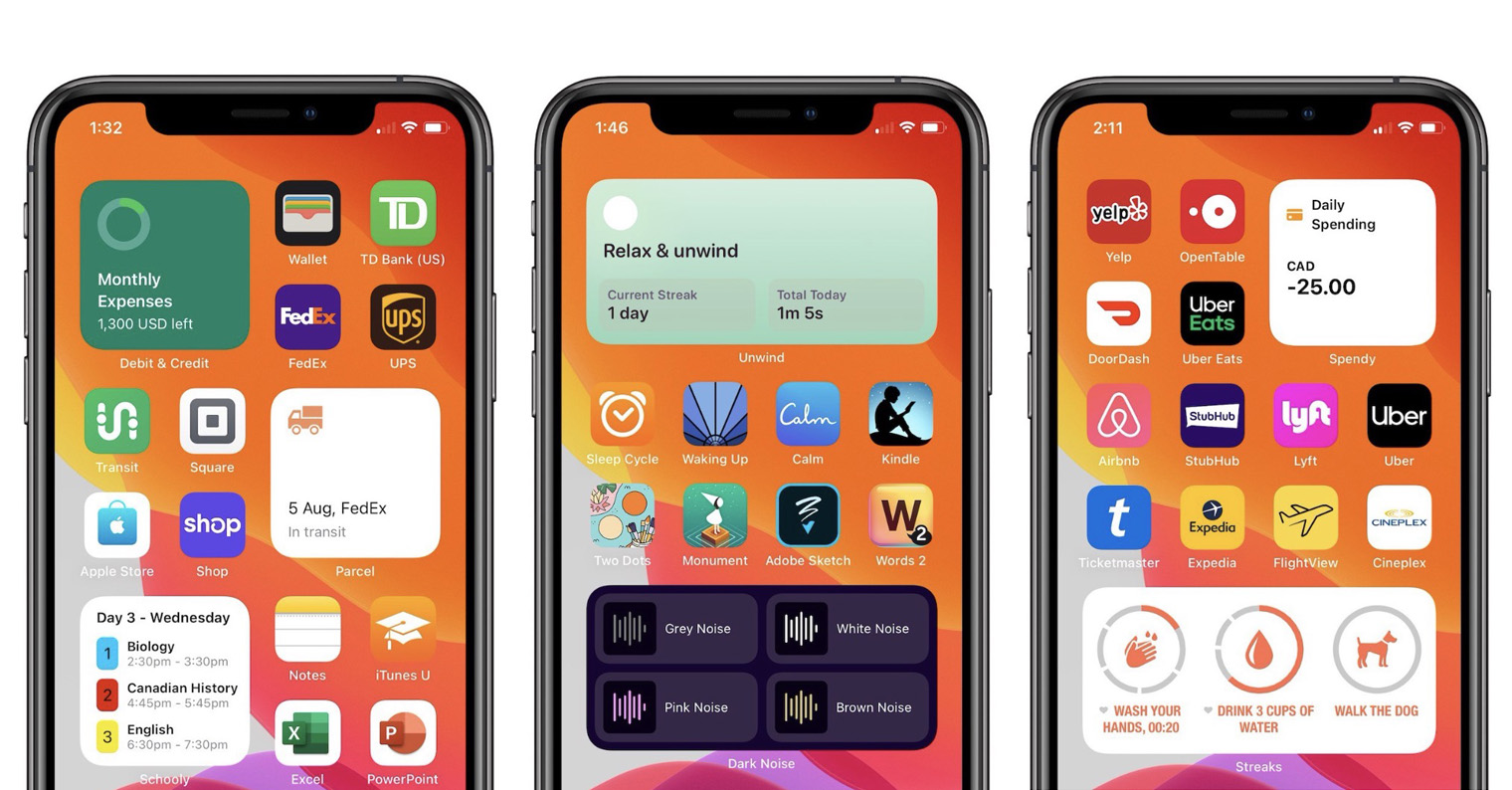

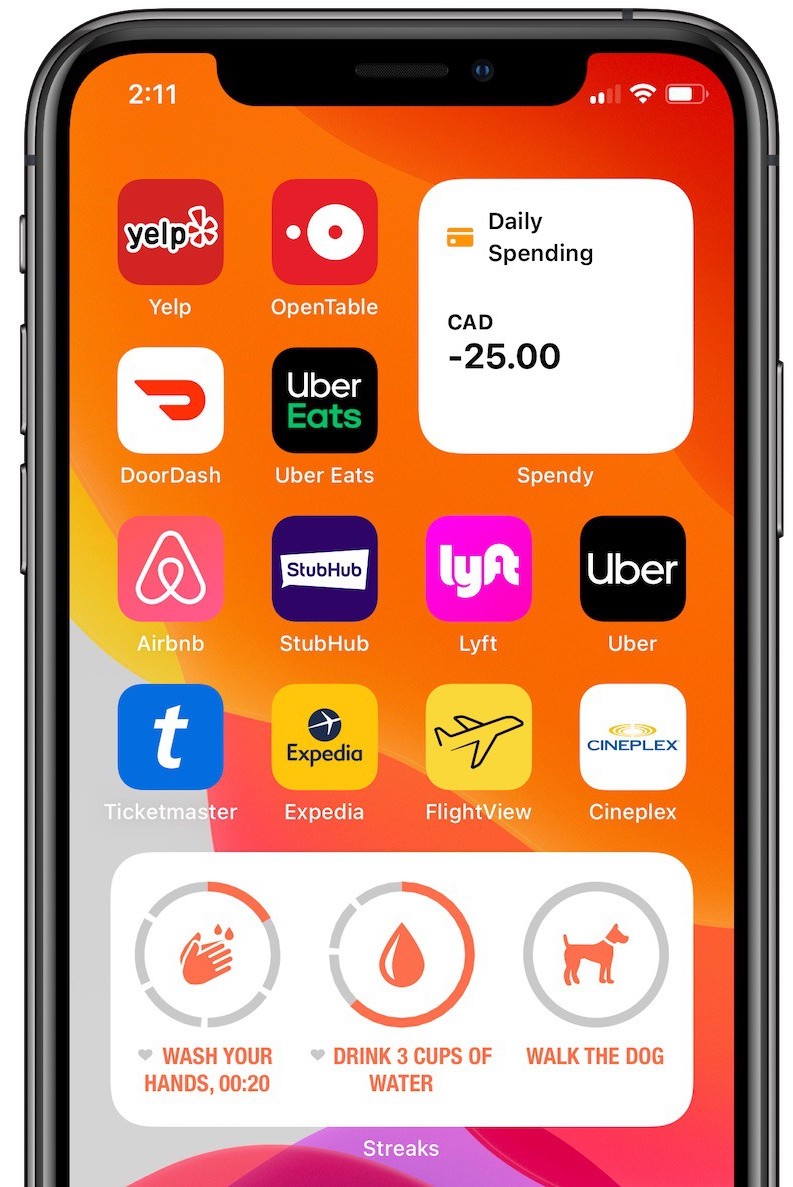
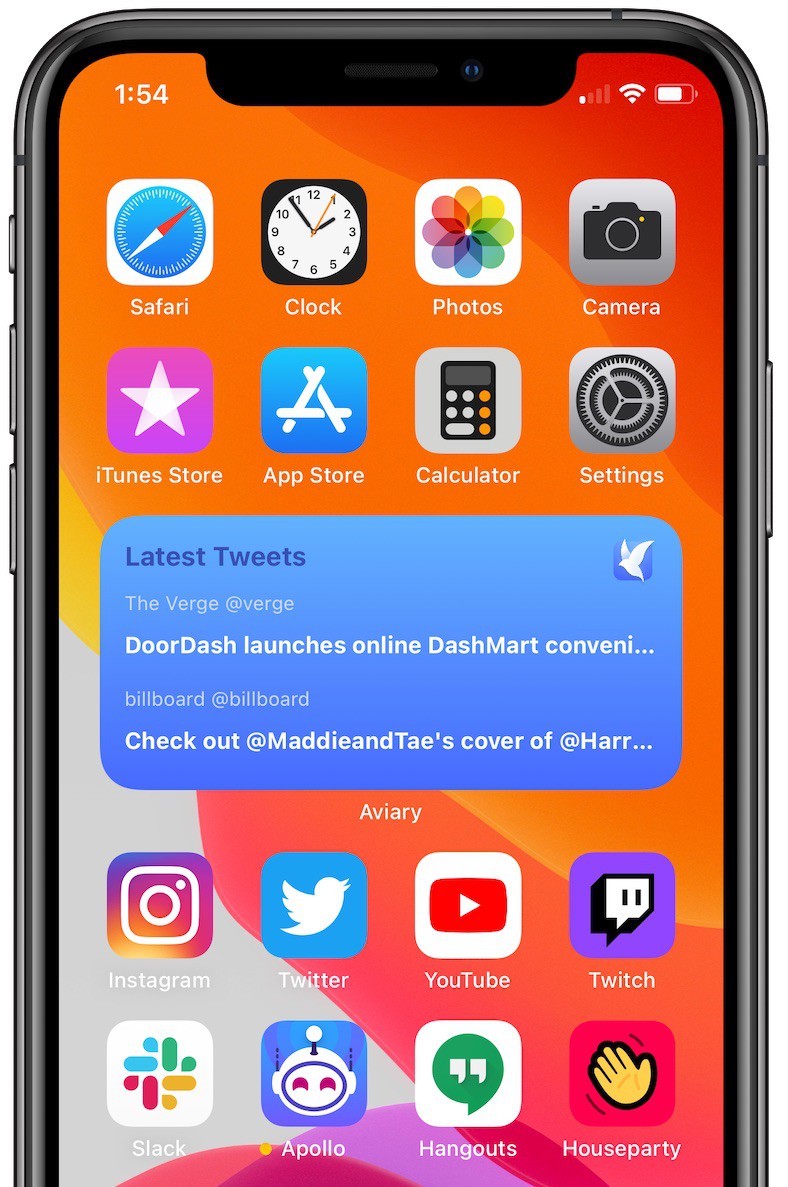
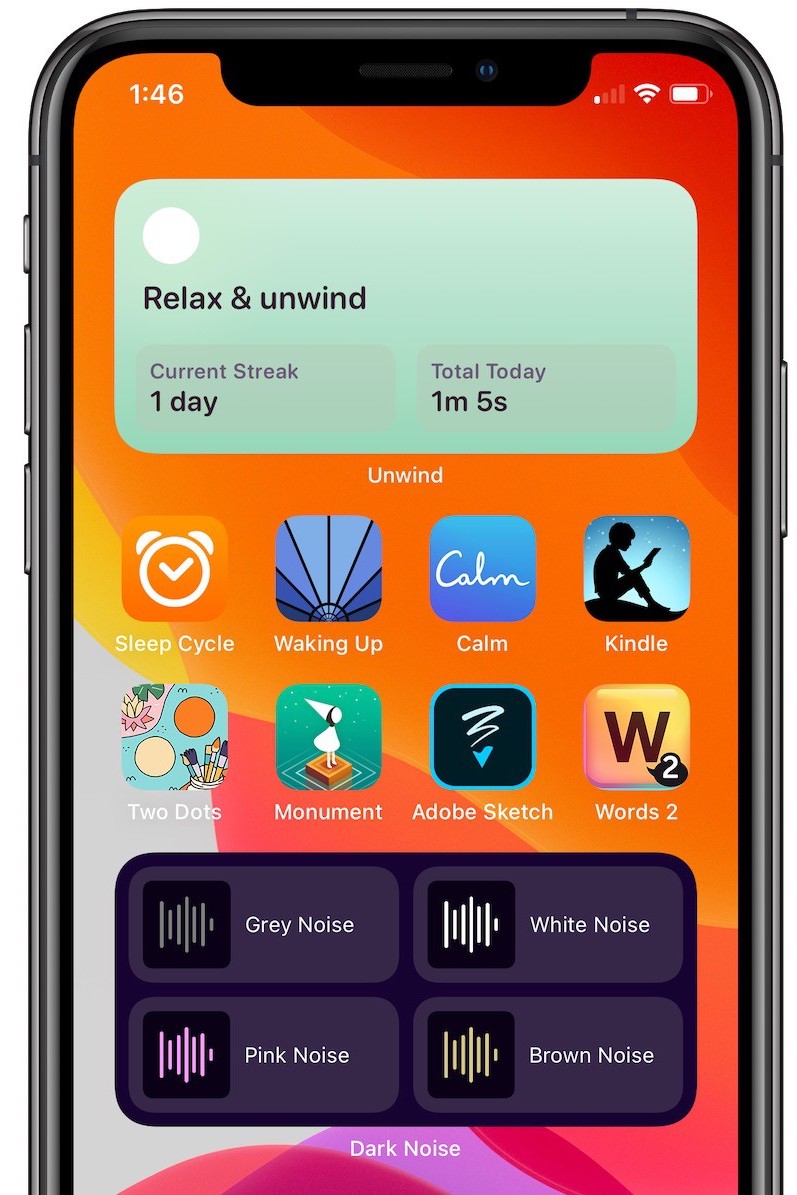
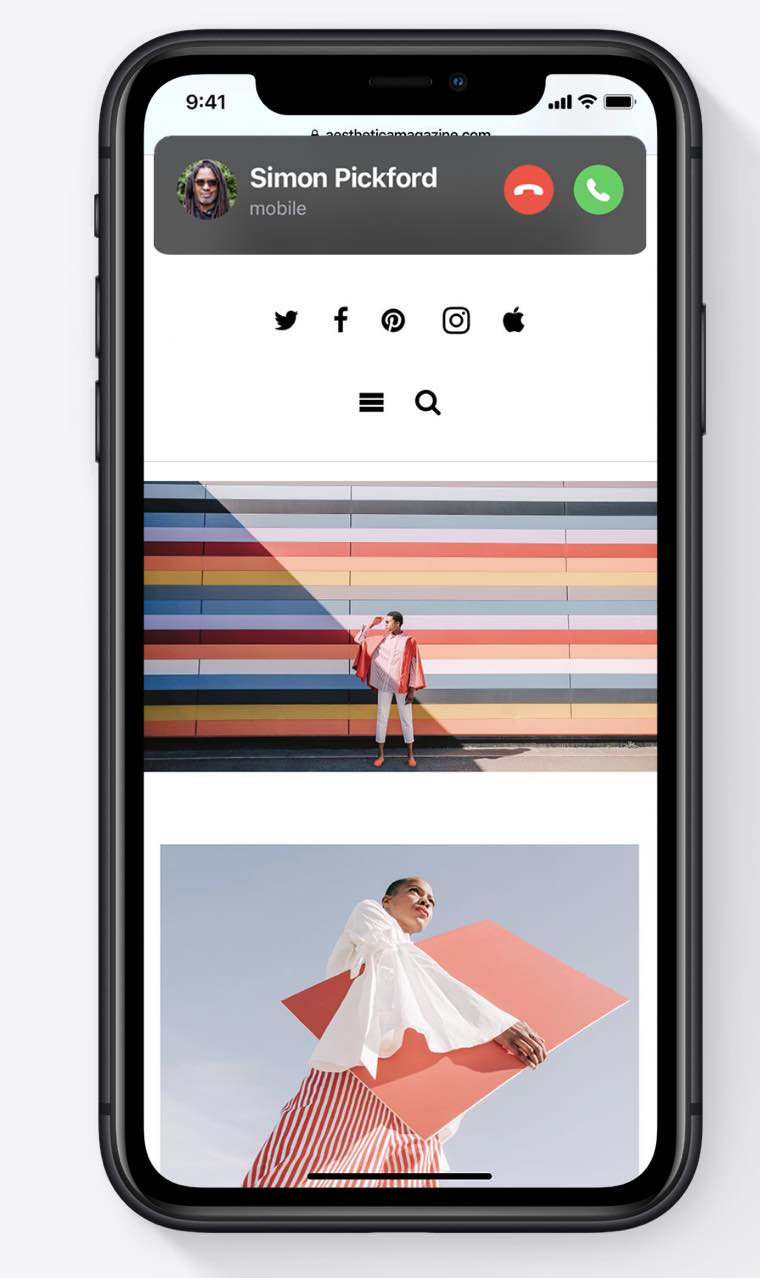
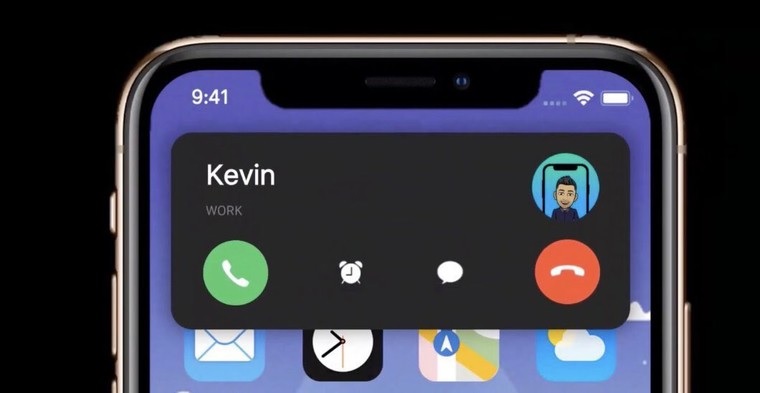
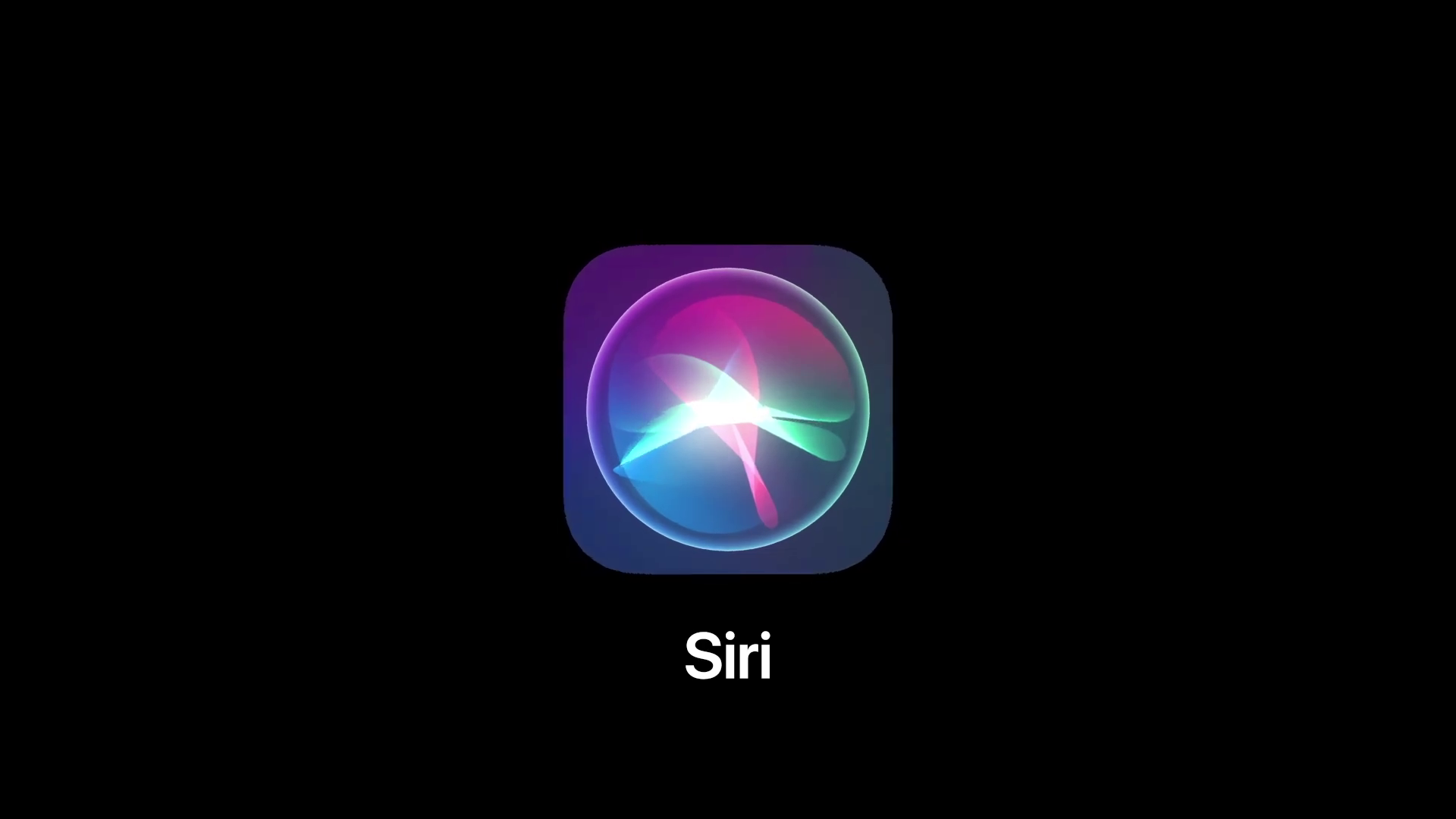
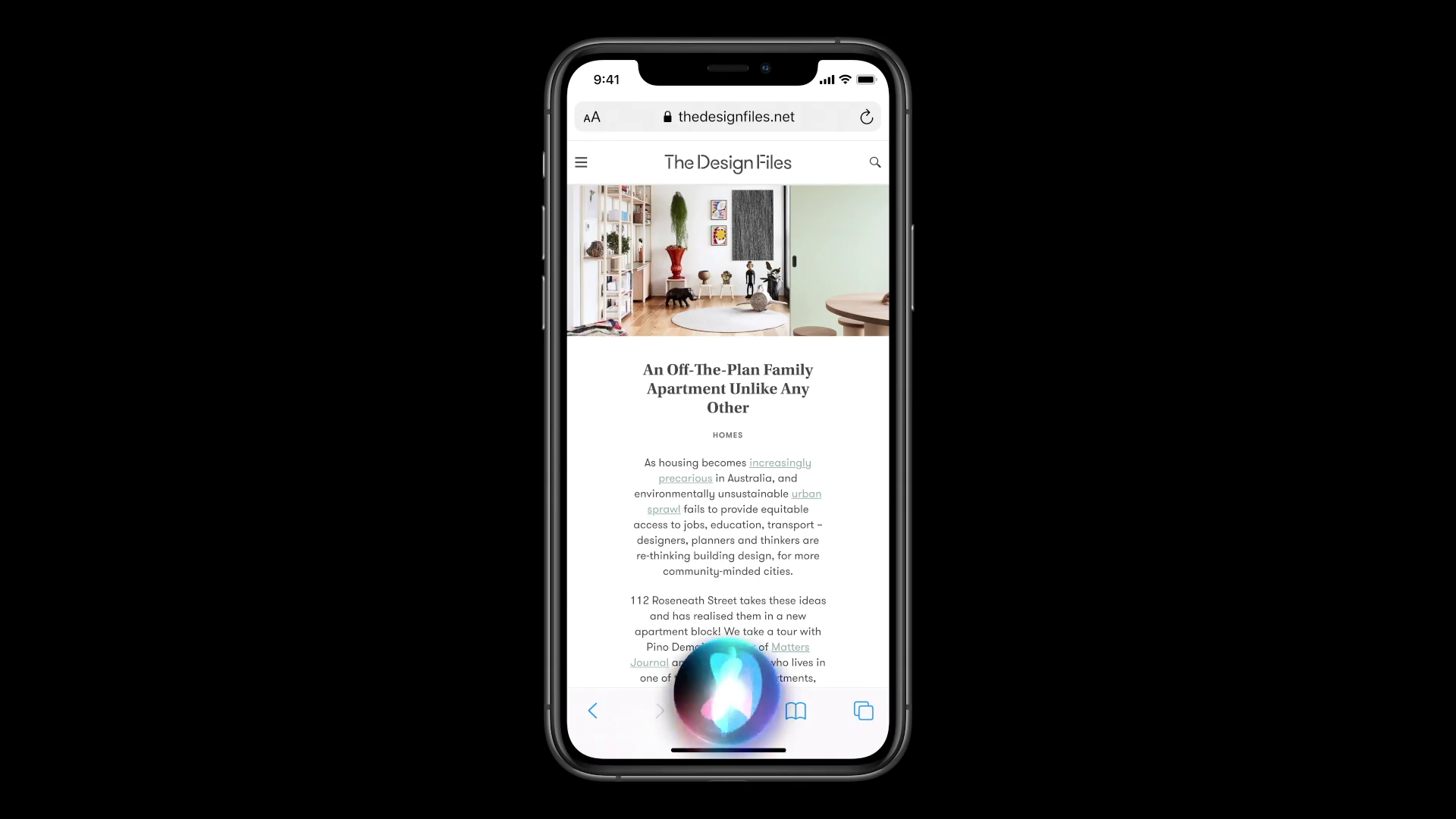
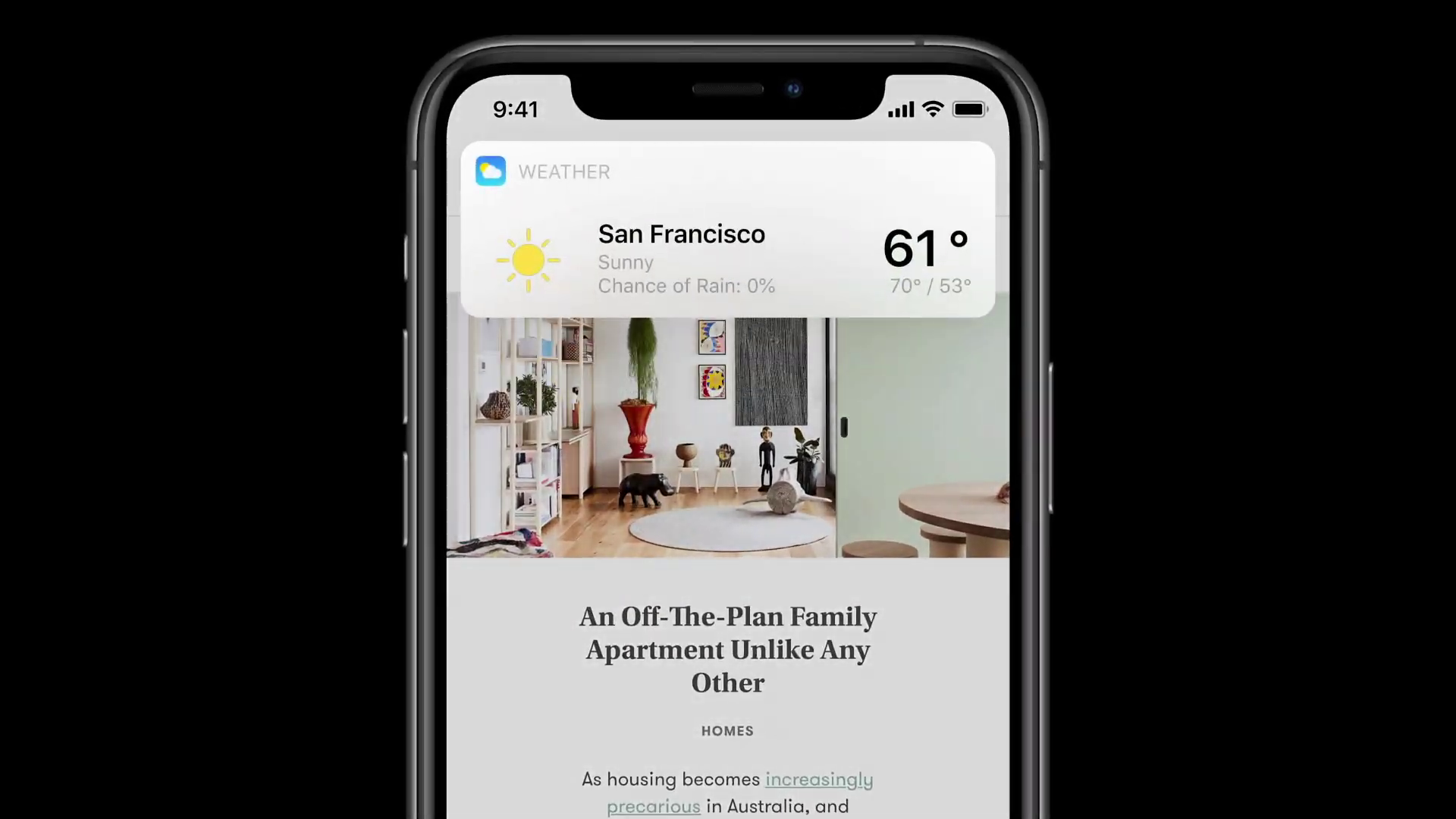



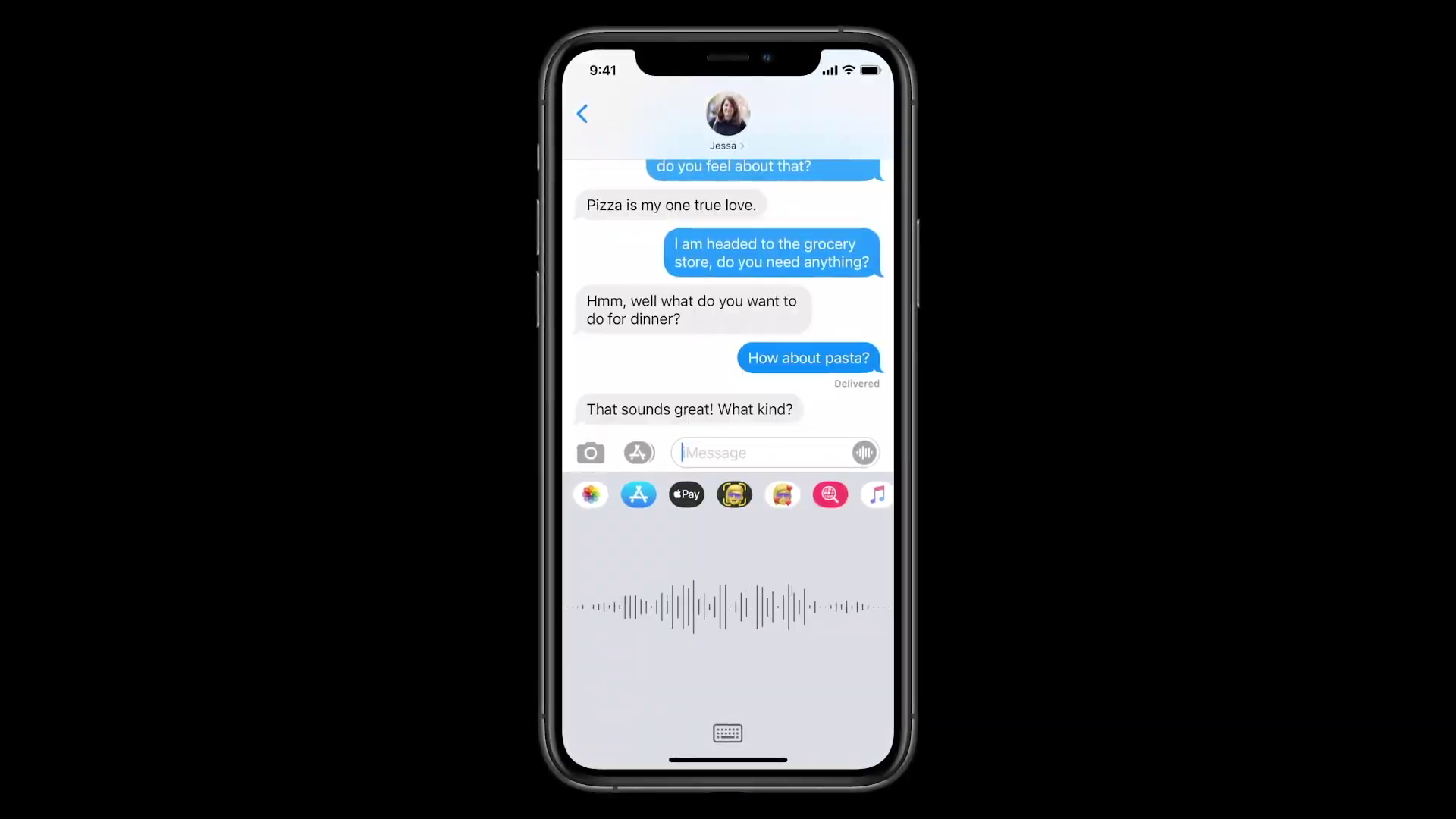
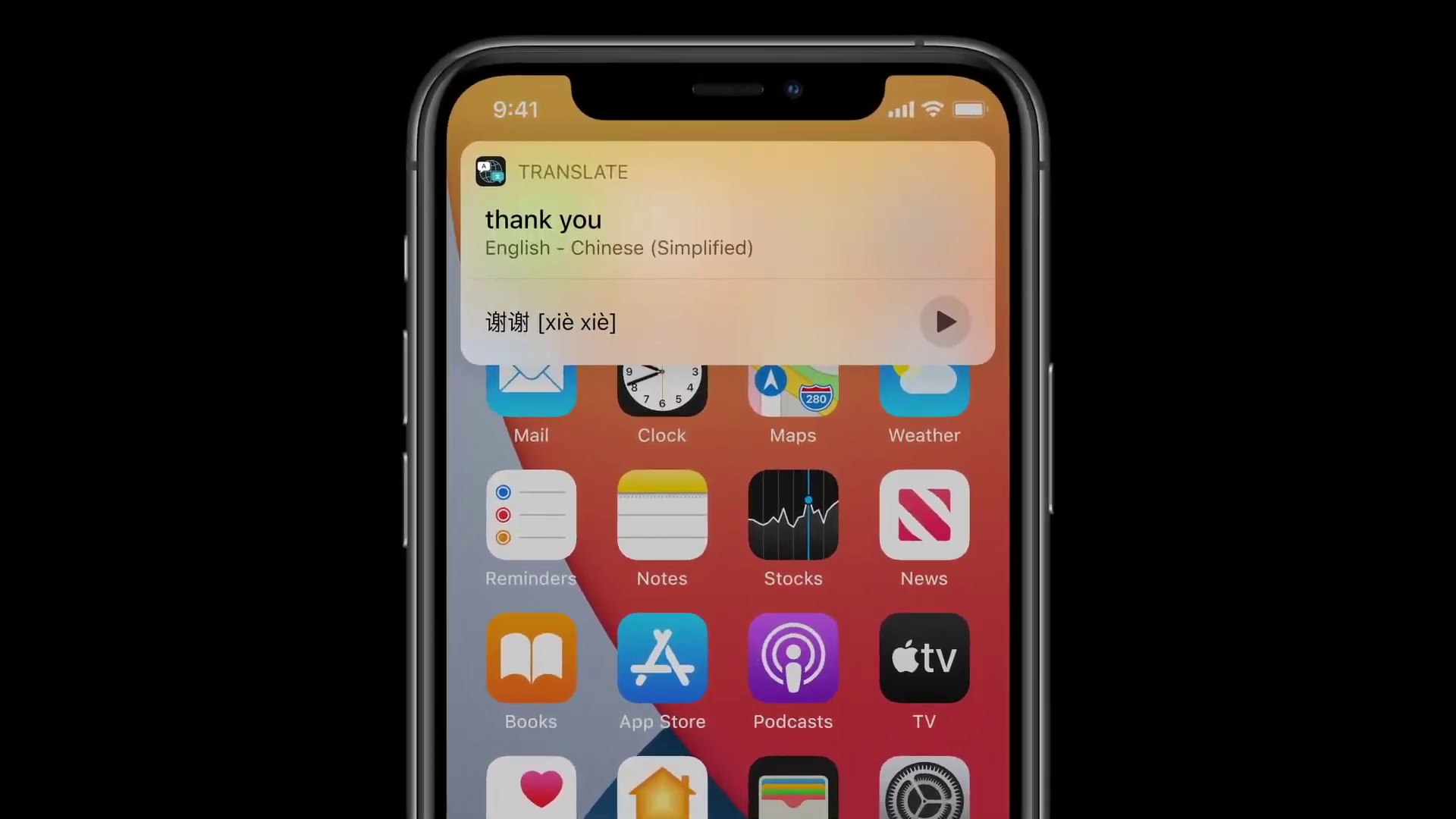
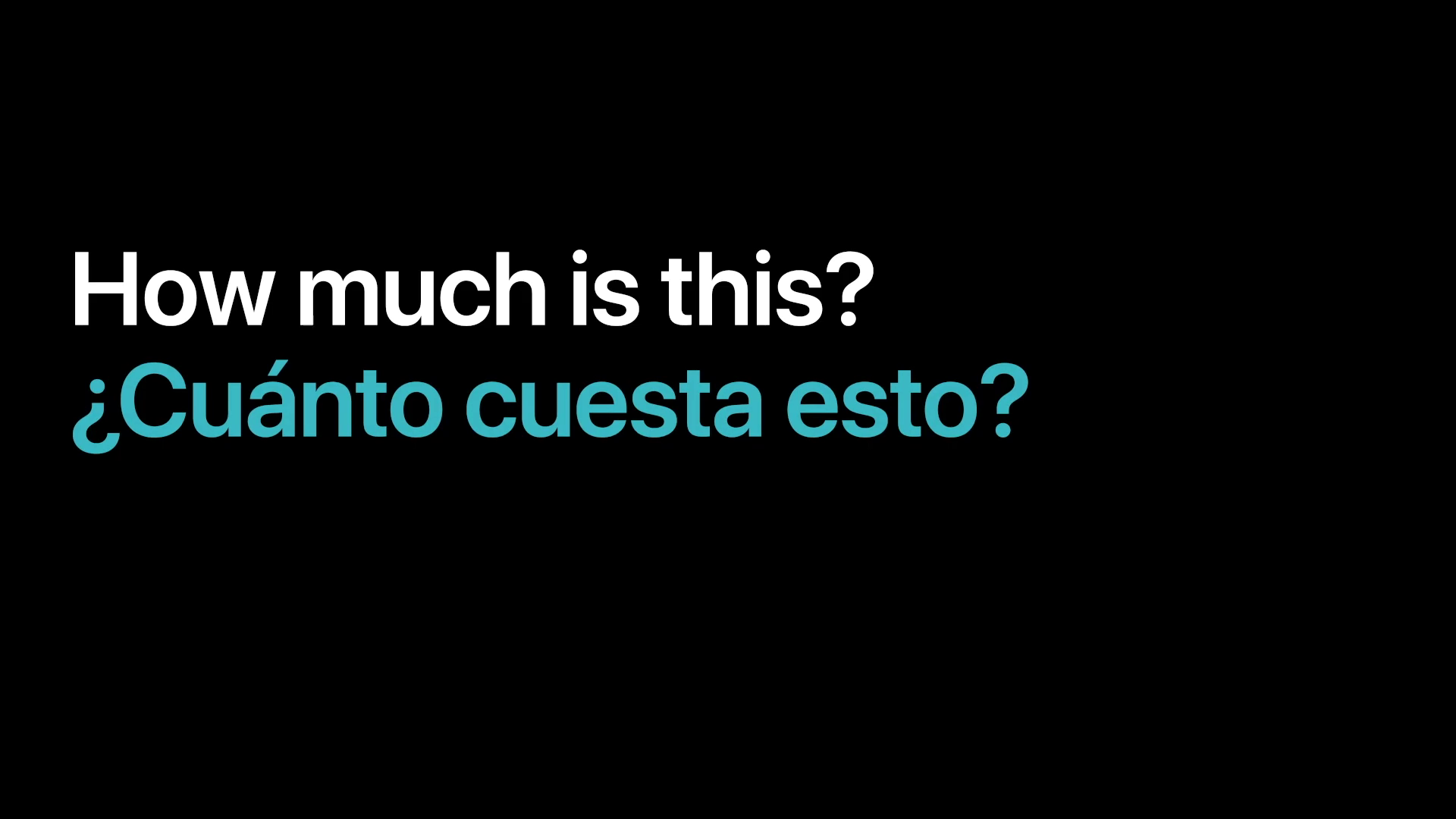
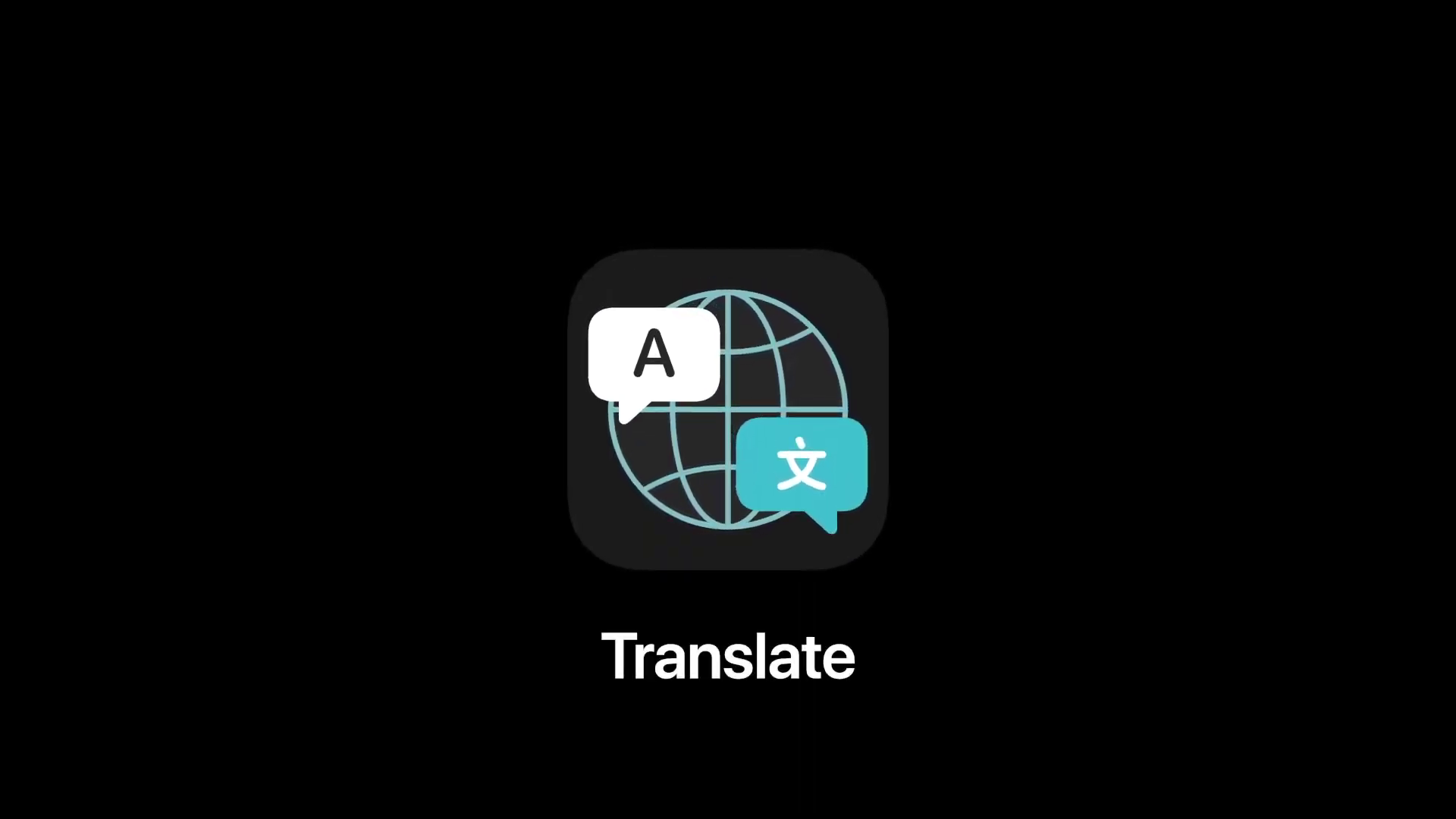

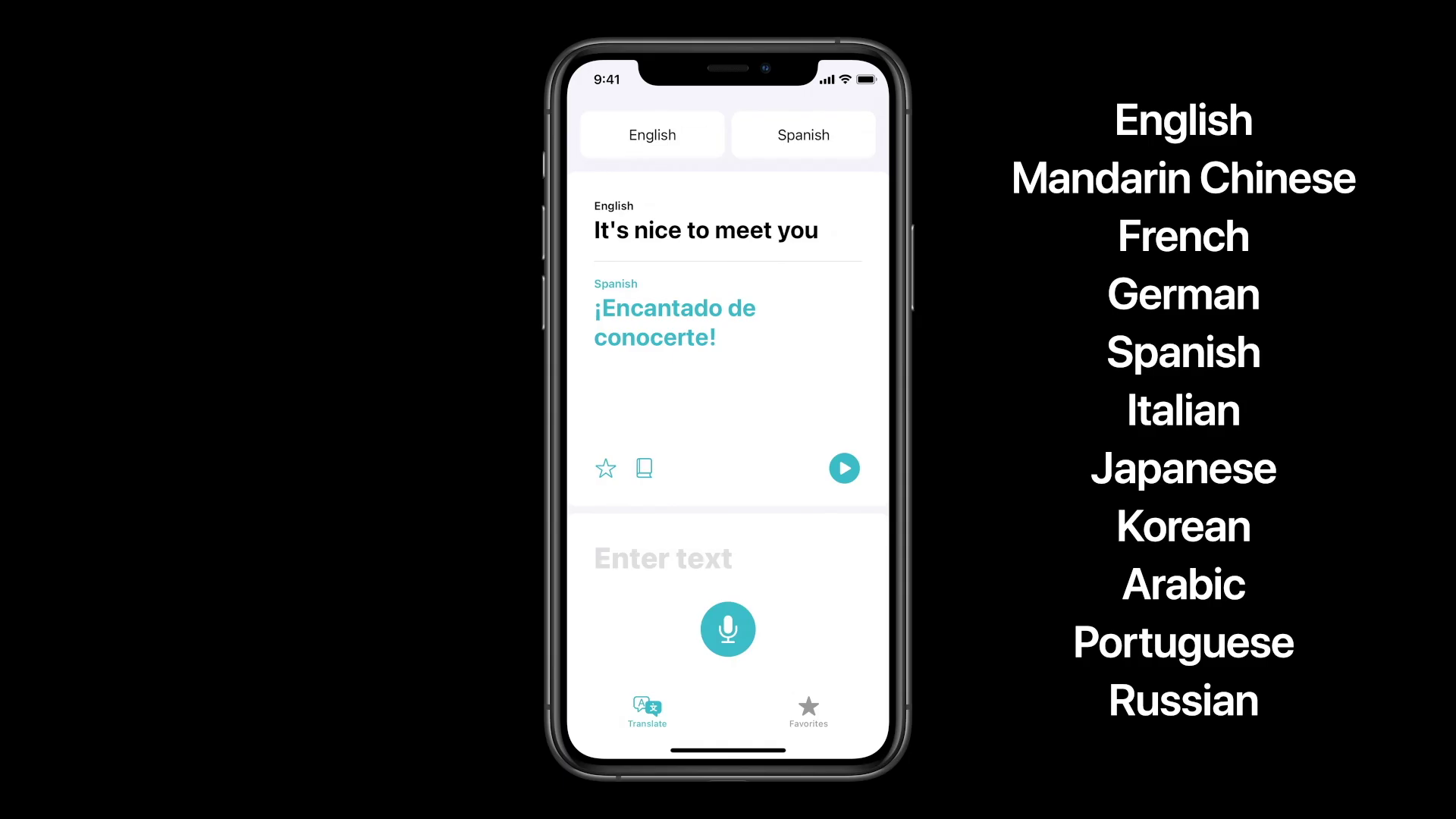
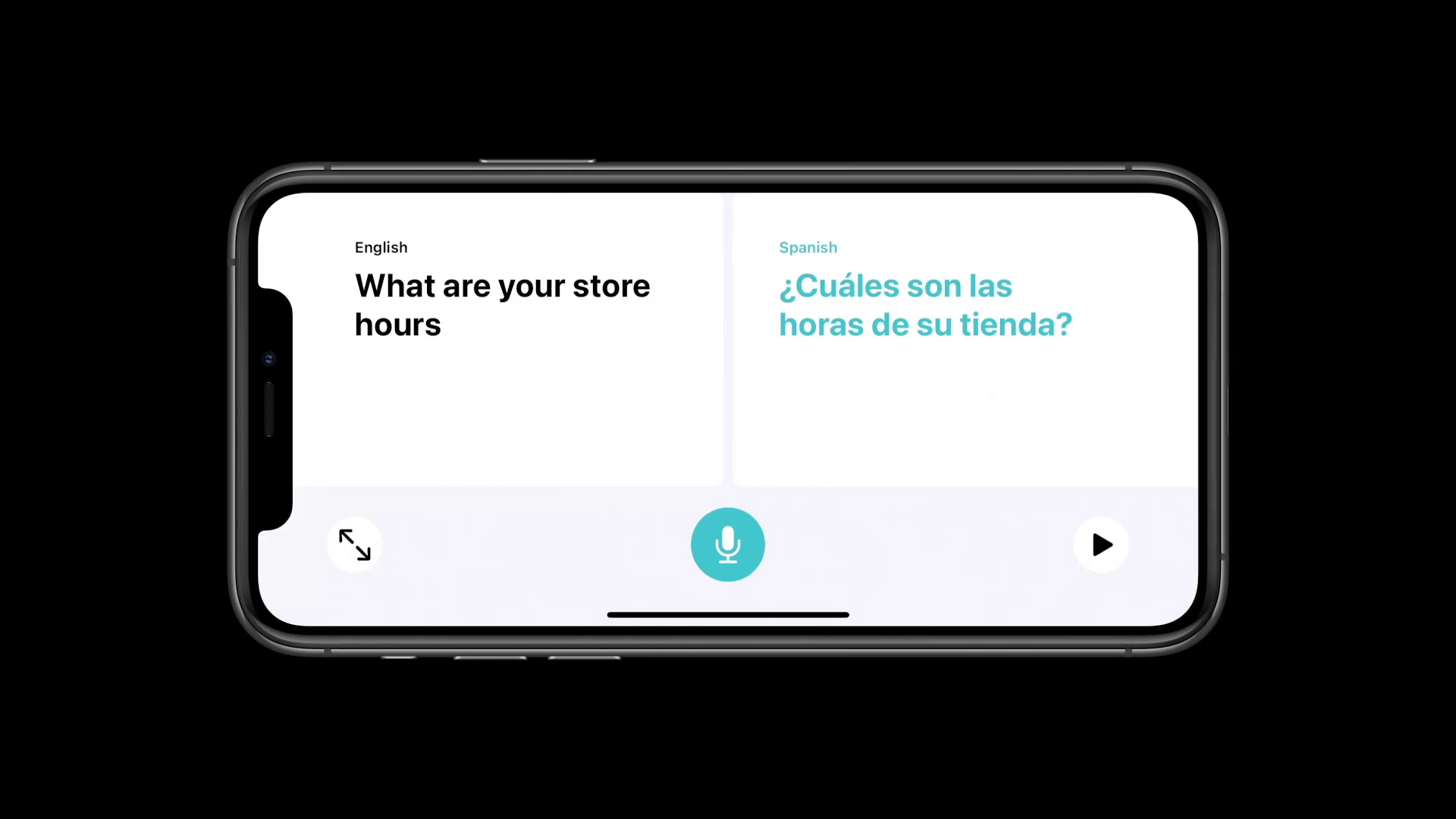
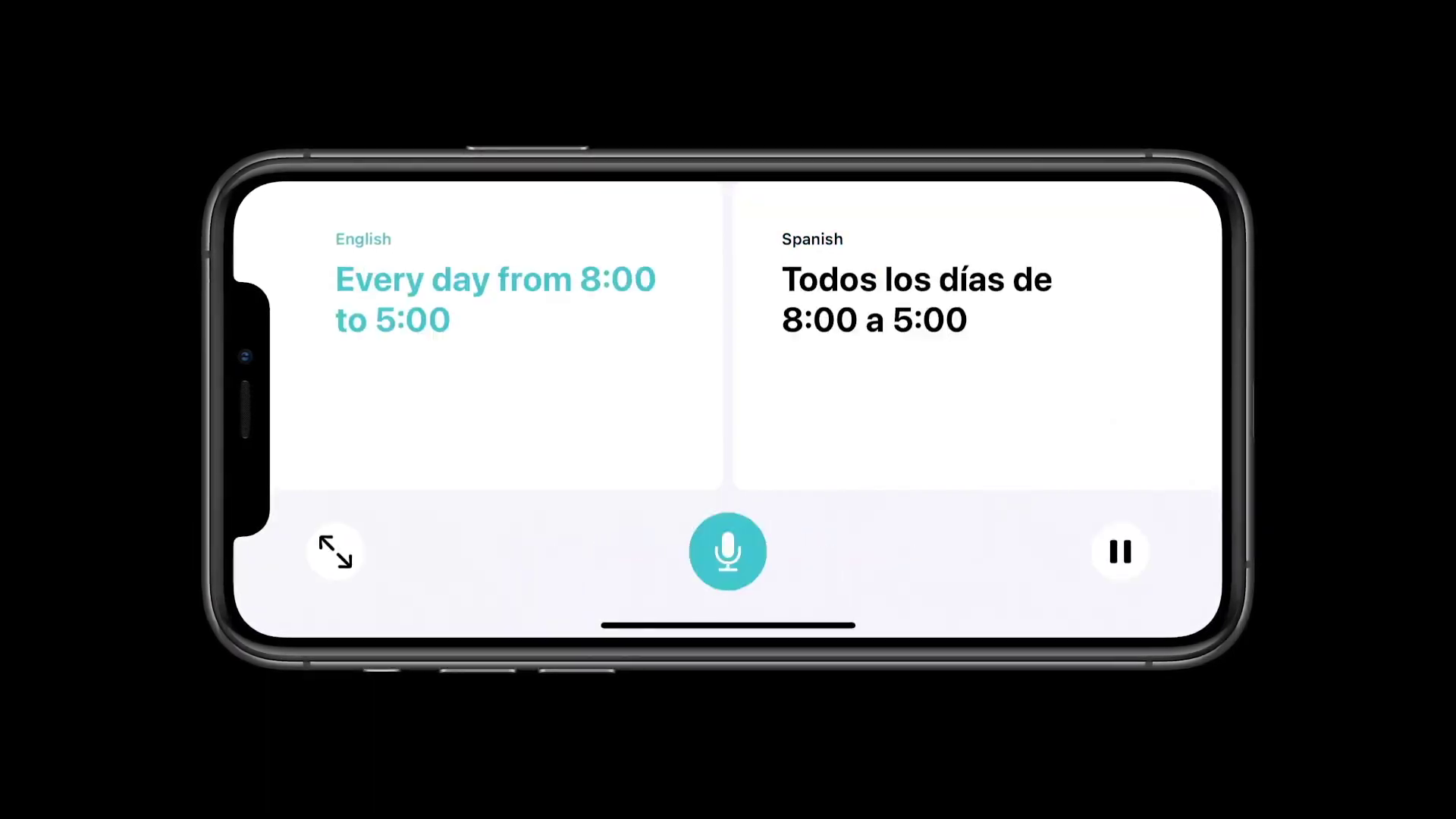

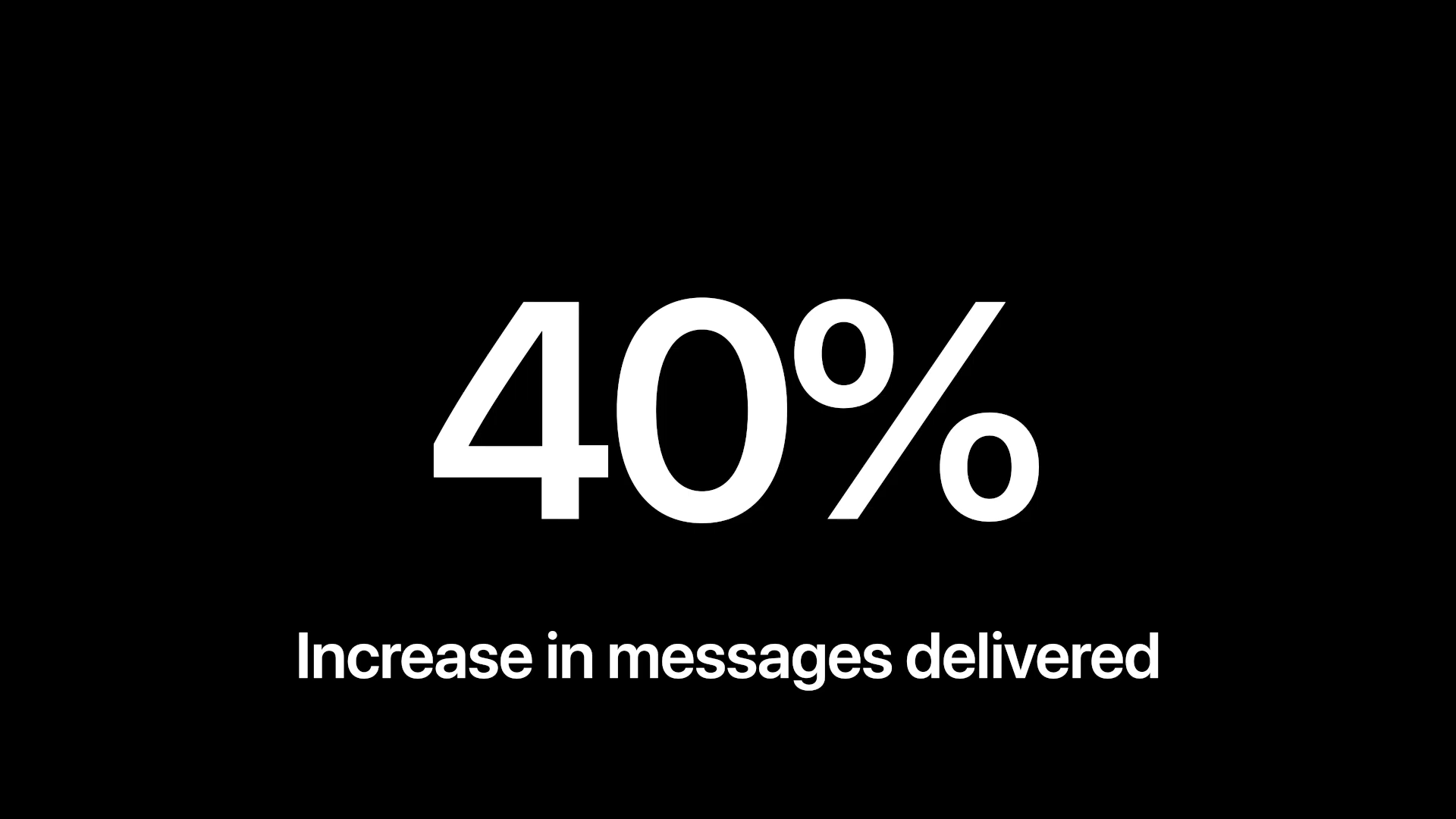

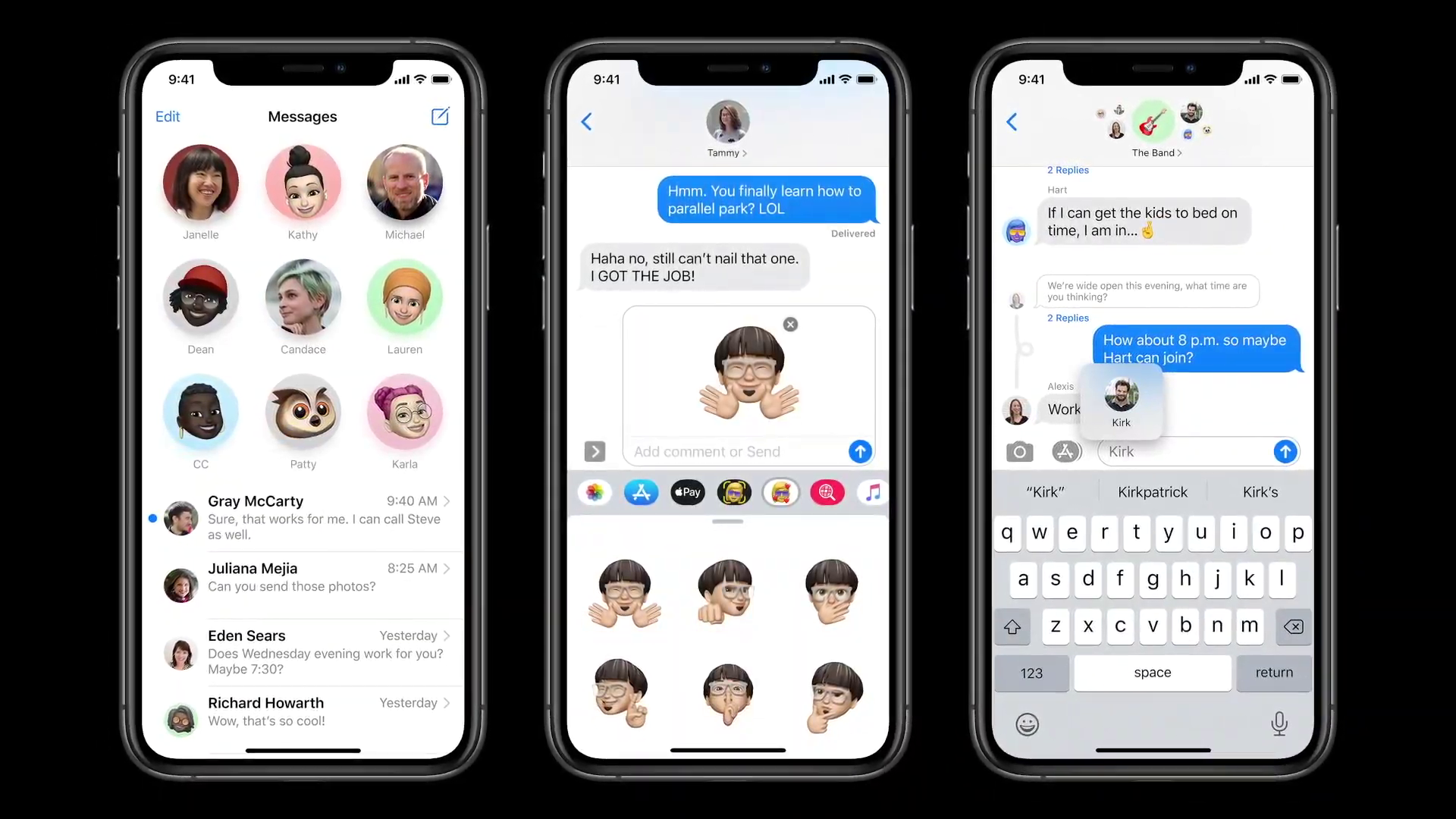
They say the alarm clock is broken and favorite contacts have disappeared. Is it even possible?
The alarm clock is functional and the favorite contacts have not disappeared. Only they cannot be seen in the Haptic Touch menu and the widget is missing. All these "bugs" will most likely be fixed soon.
Well, that's the reason why I'll wait until some Friday to switch to IOS 14...
So the system is not that perfect... :D
Those favorite contacts can be solved via Shortcuts - create a shortcut to dial a contact and add it as a Widget to the desktop.
That update was invented by a believer in totalitarianism. It fills me with things that I don't care about and takes what suits me. She decides how loud the music is for the man to listen to and shits on my alarm clocks. As for me, this is my last iPhone unless they do something about it. I've experienced comanche and this is hot on their heels
I agree, I'm still keeping the older version of iOS, I won't update it.
Well, I don't know, there are more than enough negative changes. The "smart" widget in clock mode only shows world time, which is completely useless; I haven't figured out a way to put alarms or stopwatches instead of the world time. Even the alarm clock has been redesigned completely unnecessarily, when I want to swipe to set the time as before, I have to hit a window about the height of a line and I can't even see the numbers around it.
Click and hold your finger on the widget > Edit Widget > click on the city (orange) you want to change > and search for Prague. Have a nice day ?
He doesn't want to see the time in Prague, he wants to see the ALARM CLOCK in the widget!
That's what I want, among other things
Thanks?
I would also like to see the set alarm time, in IOS 13 it was visible in the calendar
I also want my alarm clock back??the window is terrible??can't we have some rebellion for the return of the alarm clock and the sound??? ?✌️
Well… I don't like change in general. And there are more than enough of them here. I'm not saying they're all bad, but... The application library annoys me the most! Unnecessary and without possibility of personification or removal!
In my opinion, the App Library is the best part of iOS 14. I immediately hid all but the first page and only use the App Library to launch apps.
So for me, the Application Library scores full points!! I was pleasantly surprised by the Apple system, after all, I missed some little things known from Android or Windows Mobile - and this was one of them. I am also excited about the "Smart Set" widget.
The only thing I've found that doesn't work the way I'm used to is Mail - when I open the app, I always see Sent Mail of one account, I'm used to having All Inbox when I open it. But that's a detail..?
Jojo, that's exactly how I did it too
for me, the app library is one of the best things about iOS 14
For me, the app library is a completely annoying extra screen that I can't organize like I'm used to and at full load I use around 130 apps, some repeatedly. I used to scroll through windows and always end up on the last stupid screen! It cannot be modified or hidden in any way! The organization according to Apple definitely does not suit me!
Have they perfected the system? I have an iPhone 7. From 22:30 p.m. to 6 a.m., 30 percent of the battery is down. I have an AW 5. After installing Warch OS7 yesterday from 22:30 p.m. to 7:30 a.m., XNUMX percent of the battery is down. This is what I call Apple's "perfect" system. Apparently programmers are being recruited based on skin color and not ability
So it's even better. Now just after 7 and I have AW at 39 percent. So the way it looks, my 8-month-old AW 5 with the latest system won't even last 12 hours. To use Apple's dictionary: This is clearly worse than ever before. Just like that, an expert from Cupertino. When I see how a colleague at work can last 5000 days with his Honor for 2 without a charger, I envy him a little.
7:50 and battery at 19 percent. But the fact is that I played with the dials for 10 minutes. Anyway, my watch won't last 12 hours. So 10. So there will probably be days when they are on the charger 3 times a day. And that's the great user experience
Absolutely not, I have a problem with the calculator when I put 0,0 and it doesn't write other zeros until I put something bigger than 0. So 0,0 nothing nothing nothing 9 and then suddenly 0,0009 comes out. For me, the battery is about the same as the drive, but yes, is it bad?
JJ and it's been like this since Beta 1 and still no one noticed...
The system is completely messed up..oh, how can they release this
The editors-in-chief at Jablíčkář will write an even more perfect one
Shame on you!!!!!!!
Slap yourself ??♂️
My iPad Pro 11 + iPhone 11 Pro Max + Apple Watch 5 are doing very well with the battery. I hope it looks a little better than on 13.7. So the fault will be more on your receiver. Try factory reset and restore from iCloud.
Apple's widgets are almost useless. I deleted practically all that were offered. Here iOS is quite behind against Android. Otherwise, it will force you to go to "Health" with the alarm clock. I approached it (maybe there is another way), it's probably good for sleep tracking, but a working person with irregular working hours needs to set an alarm in the evening and not weeks in advance. Overall, this didn't go very well. I don't know if there is a goal here, this feels like a halfway product. And one more note: I have an 11Pro, all the app images have moved up, so there is a bigger gap at the bottom (at the dots that represent the pages). I think it's because of the widgets, but optically the already small display has become even smaller.
I have it exactly the other way around, I didn't use widgets on Android because they weren't pretty, what about the application, it's a different graphic layout, you couldn't look at it, so in the end I didn't use any. On ios14, the widgets are graphically better and fit better, I like it.
Overall, I'm fine. The application library seems useless to me, but so be it.. But what really bothers me is how they moved the font on the desktop and created more space for those totally useless dots for scrolling through the desktops.... I wouldn't have to have them there at all and I would prefer more icons...
I don't understand how the most downloaded apps that make millions if not billions of dollars are absolutely not ready and don't offer support for desktop widgets. Can someone explain this to me? :D
I use shortcuts to adjust the system volume. After installing iOS14, the shortcut started adjusting the ringtone volume :-) :-) :-)
How to update apps??
Is this an experience? You put "all at once" and everything turns off at once!
Application library - for God's sake why??? Most of us have our apps compartmentalized!
Widgets are nice, but practically useless, as they cannot be customized by the user. ( i want to see an alarm clock, not new york time. ) i really regret believing the reviews here and downloading and installing that crap! Huge mistake!
Totally agree!!!
And unfortunately there is no going back! I was very arrogantly told by Apple support that I just have to put up with it or go elsewhere! It won't be any other way and there's absolutely no going back!
Missing alarm clock and "followers" widget!
Does anyone have instructions on HOW TO RETURN IOS 13.7 ?????
Does anyone have instructions on HOW TO RETURN IOS 13.7 ?????
here is the link, I did it myself, be careful, I recommend making a backup in iTunes, the terrible iOS 14 deleted all the backups on my PC and left only new ones... I don't know if it's a bug or a coincidence, just to be sure...
https://www.redmondpie.com/downgrade-ios-14-to-ios-13.7-heres-how-tutorial/
It's desperate - those beeches fake the whole IOS and pretend it's the most amazing operating system…..!!!
complete agreement
I do not recommend updating to iOS and iPad OS 14! No apps can be updated on iPhone or iPad. I didn't use widgets much, but what I used to use is now unusable - I can't tell what percentage Pencil or Watch has anymore. The charge percentage number is not displayed.
I recommend waiting for 14.1 or stay for 13. I regret the update.
By the way - I do not understand the enthusiasm of the author of the article that the widget imposes information on him not only when he wants it, but even when he does not want it. This is a disadvantage, so why praise this? So this is the material…
No one forces anything on anyone. If you don't want to have a widget on your desktop and you don't want to constantly see its content, then don't put it there. That makes sense, doesn't it? :-)
In general, on the other hand, if I want to see the content of the widget, even though I have unlimited data and I am on the Internet nonstop, the widget of the expensive "Night Sky" application is even one of the few that Apple supports directly (not to be confused with unofficial widgets, which they cannot be put on the desktop) It is practically not updated. I couldn't find the settings and the active content appears only sporadically, otherwise the application logo and empty commas hang there and disappear in the trash!
Well now I found out that the clock widget shows me a completely different time than the clock. And be careful, it's not about setting the time zone. It's in an hour and ten minutes. Am I hallucinating? ?
And do you have Prague set there? When I added hours, I had a completely different city and I had to rework it.
The name of the day has disappeared from the calendar icon, or it is replaced by just two initial letters. Why should it be better this way? Not for me. Is there a way to switch it to the full name? If so, then that's OK and I take that as an improvement. If not, then someone made the wrong decision for us.
It's not about us users anymore! it's about the fact that when a programmer thinks, he thinks brilliantly! and it's completely pointless what other people complain about, after all, he came up with it as original and ingenious as it suits him. Let's get used to it! It will probably be worse anywhere else where decisions are made for us! without the possibility to influence it in any way!
The article is not so true. The battery drains faster - too much and here and there some application gets stuck...
Downloading photos via cable does not work for me in Windows I can see the photos, but they cannot be downloaded due to unavailable devices - downloaded from 11 Pro prws usbc cable - how can such an error pass? how can an error in the alarm clock pass - after years of experience with mac and ios, I fully switched to windows this year, and what's more, apple convinces me of limiting their services. It's a shame that there's no alternative on mobile phones - I hate Google as a company, so it's a shame that ms wrapped it up. Like yes win, they are like mud in a puddle - but then again they have support even for years old programs, the mac doesn't exist anymore...
A completely useless application library that cannot be turned off. The widget and icons don't go where I want them to, so to hell with that. Otherwise, things are going pretty fast for se2016 as well
I don't know, I already had the beta and I see almost no progress
I still can't put the widgets where I want, except for the few that Apple imposes on me, but I can't put meteor or Yr anywhere but on the first screen like with iOS 13
The only thing is that some videos are possible, but maybe YouTube doesn't work in the second window anyway?
It is possible to choose the default browser, but the maps are still not, and the maps from Apple are shit
Overall, I don't see any revolution in iOS 14? it's still far from what I'm used to from Android, and I'll probably go back to it this year, because I'm not interested in Xs at all?
After updating to iOS14 and watchOS7, all the maps of my outdoor workouts in Fitness disappeared...alarm clocks and things like that, I'm sorry, but the fact that quite important information from Fitness disappears for me, it really pissed me off.
Me too.. :(( maps are not recorded for new activities..
Interesting, my maps haven't disappeared and new exercises are being added to me.
I have the same problem, the maps have disappeared for old activities and they are not recorded in new ones. What iPhone do you have? I'm a seven.
I have exactly the same problem. It really annoys me. ? Can something be done about it? I have an iPhone 11 pro max.
Perhaps the editors should go down among the mortals. I installed the system on my old 6s and it's bad. Unexpected jams, poor battery life, continuing illogical procedures. At 11, the system may run smoothly, but I observe a terrible step backwards.
After the update on my XS where I use dual sim, there is an extreme deterioration in call quality. Sometimes it is almost impossible to speak. The signal still shows a full dumpling, but the call drops out that it is actually impossible to make an appointment. Has anyone solved it?
Thanks?
This update is an absolute tragedy!!!
Widgets???!!!! Why on earth.. Where are the favorite contacts!!! The situation is that I have to wear a face mask at work and every time I want to make a call, I have to type in a code or take off the face mask to unlock my phone! And laboriously searching in contacts… Terrible!!!
Translate application - mockery!!!
We are flying into space!!! And the developers can't teach Siri Czech?
Can anyone answer the question-
Will Siri ever know Czech?
Don't know how to get the battery and iPad status into the widget? On the iphone it shows me the status of the iphone and apple watch and on the ipad only the ipad. I would like to have an overview of all of them from my iPhone.